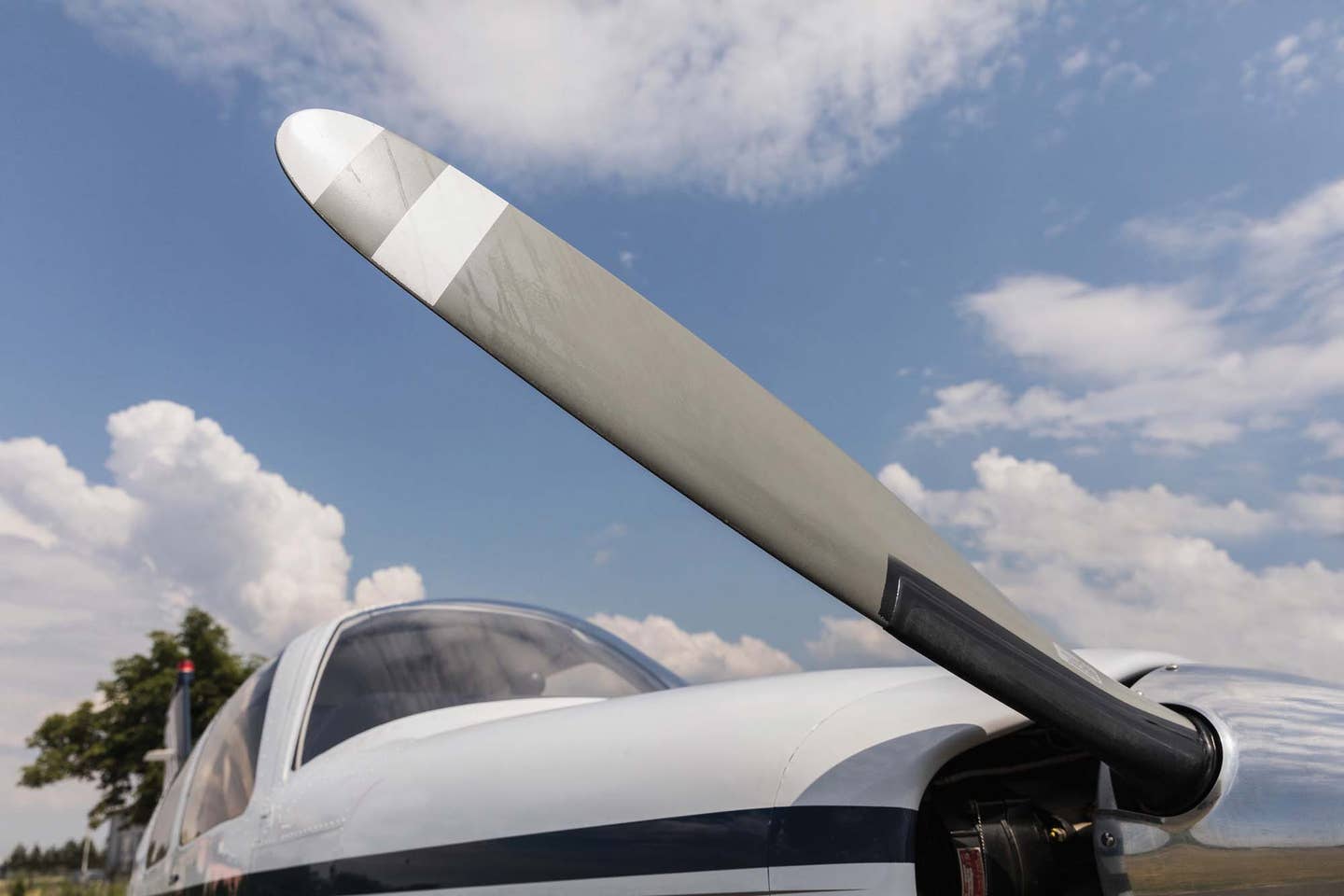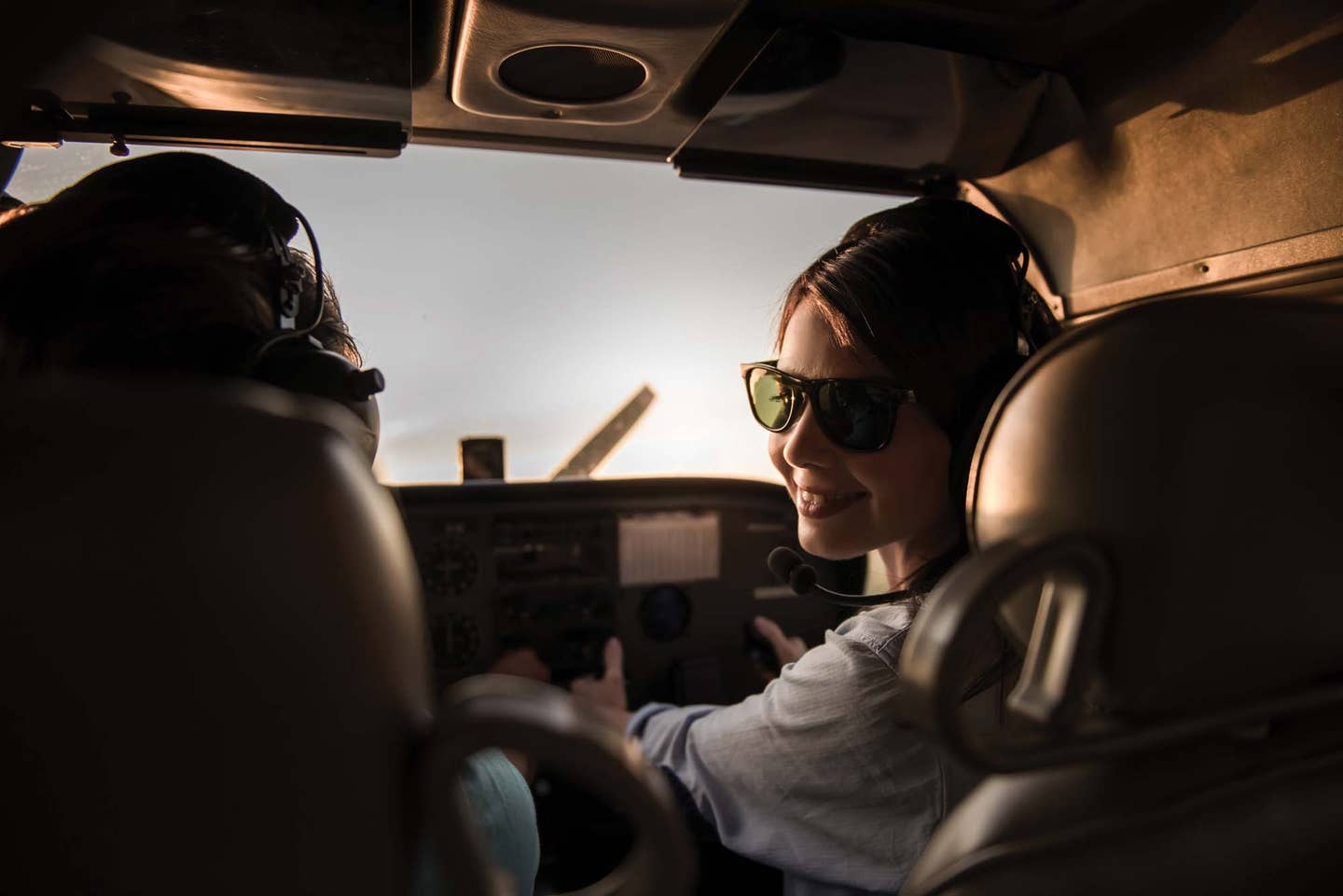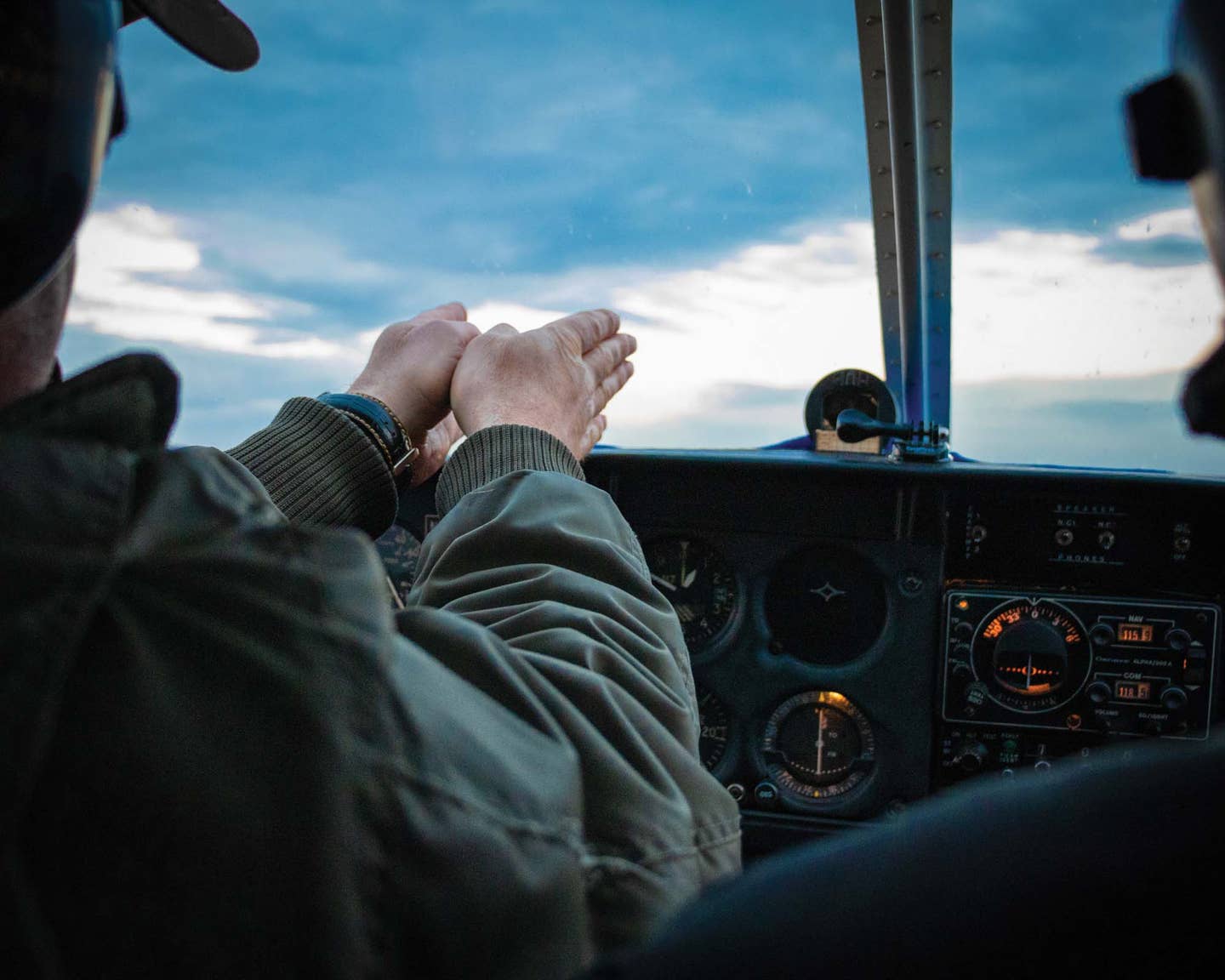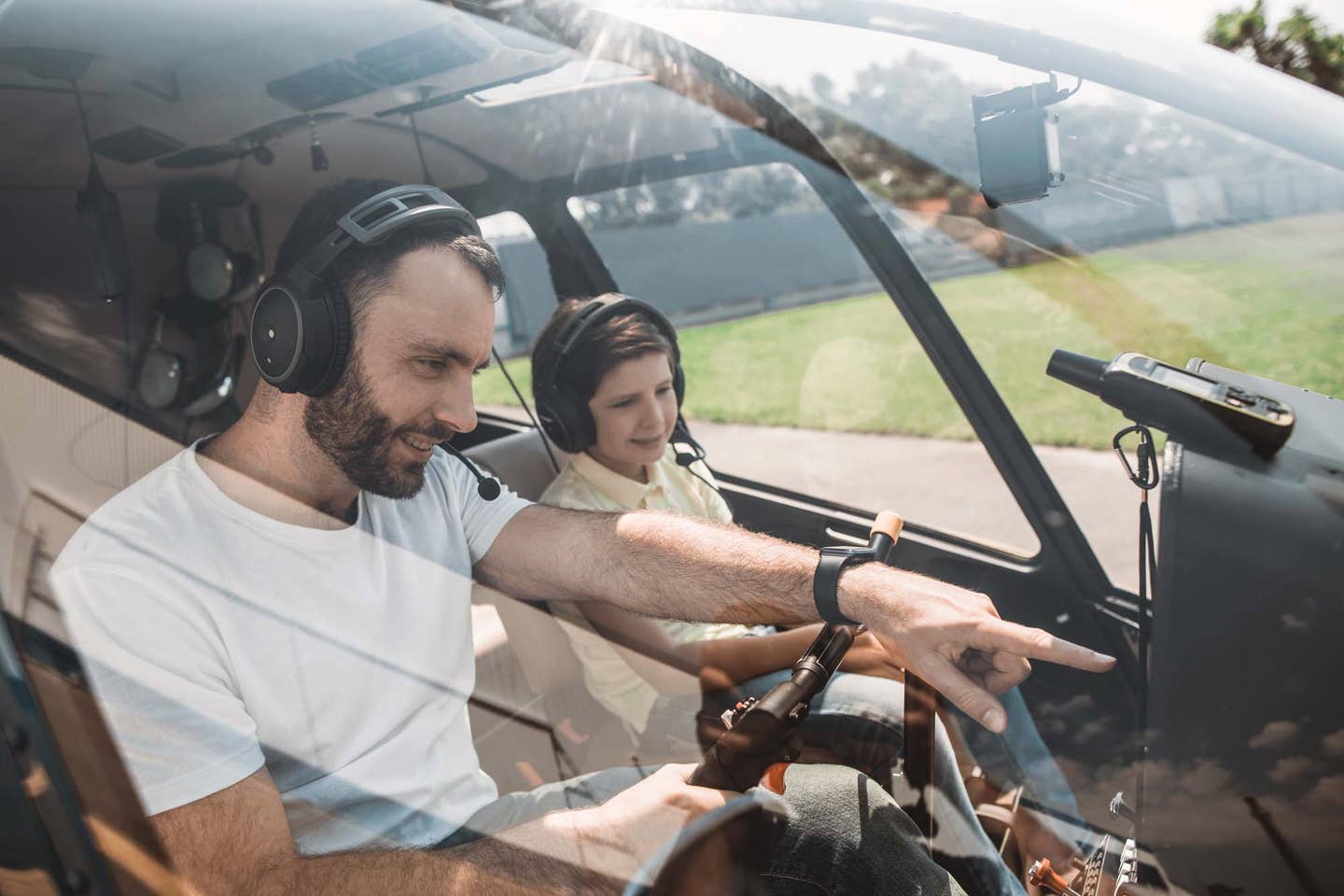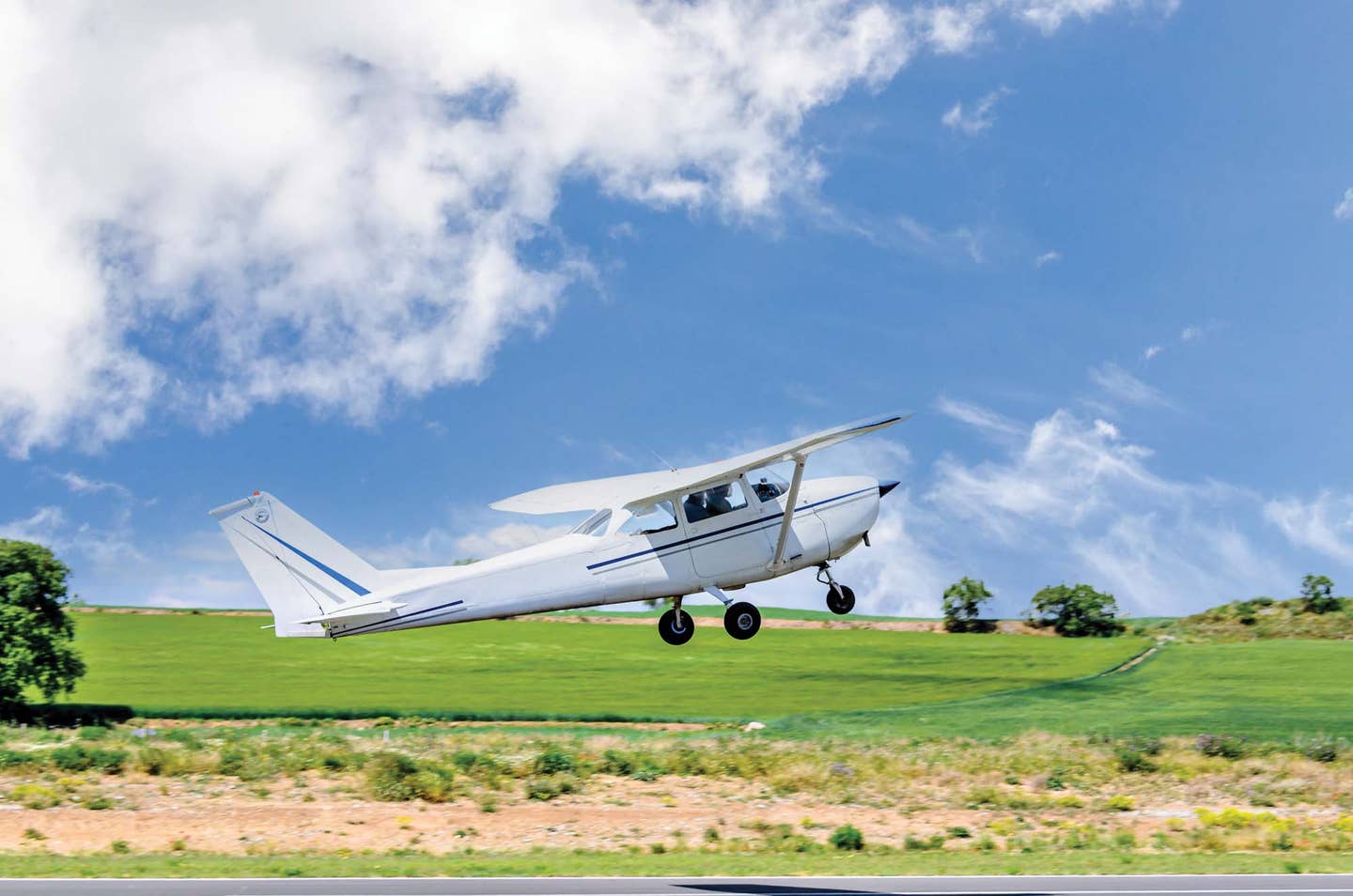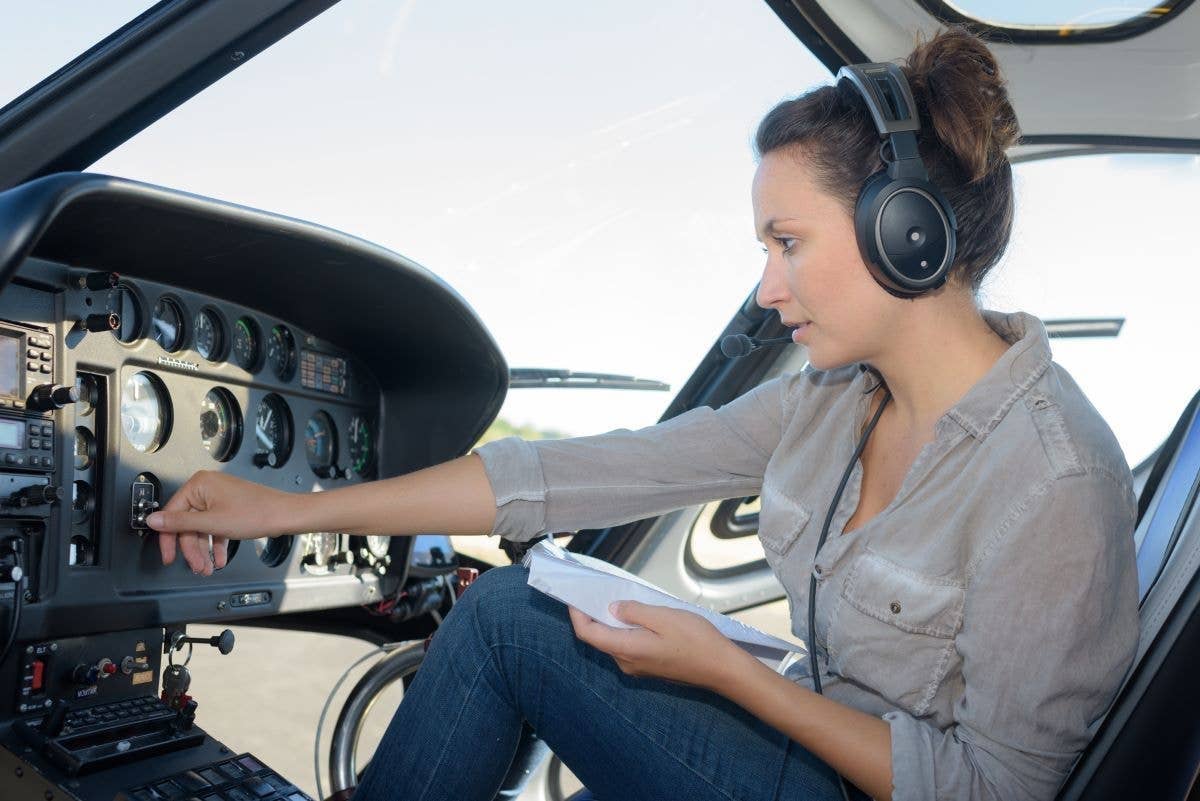
Life experiences give us an opportunity to learn lessons. Sometimes, assuming things don't go too badly and we tell the stories, others get to learn from our mistakes or questionable decisions. I have no problem sharing those questionable decisions that I have made in the hopes that others can learn from them. This is one of those stories.
I was flying back from Washington, D.C., from some meetings, connecting in Milwaukee, Wisconsin, and then continuing on to Grand Rapids, Michigan, on an airline that shall remain nameless but certainly still resides on my personal do not fly at all costs list for this and a few other infractions that left me with less-than-desirable service memories.
Just before pushback at KDCA, I got the notification on my phone indicating that my last flight leg had been canceled. "Weather" was the reason that was given. "Huh?" I thought. The weather isn't that bad at home. In fact, when I did a little digging while we were taxiing out, I found the conditions to be better than 5,000 feet overcast with better than 10 miles' visibility at Grand Rapids, and Milwaukee was clear. What the heck are they canceling my flight for? I began fuming.
I wanted to get home.
So I started texting.
A friend "with an airline that also shall remain unnamed" confirmed my suspicion. The next leg I was supposed to be on was a virtually empty flight. The weather had nothing to do with the cancellation. And I wanted to get home.
Annoyed and searching for options, I shot a quick text to another pilot friend.
"Busy?" I asked.
"No, why?" he responded.
"Want to run up to the airport and grab my Cherokee and shoot over to pick me up in Milwaukee so I can get home tonight?" I asked as much as I pleaded.
"Heck yeah," my VFR-only private pilot friend responded.
A few details worked out, and we were set for him to meet me about the same time I would be landing, and then I would fly my own darn self home VFR for the night. To heck with the airline and its bull**** weather excuse, I thought.
The flight on Airline X to Milwaukee was uneventful. I hopped a taxi (this was before Uber and Lyft days) from the main terminal over to the GA FBO, where I found Bruce, my buddy who had come to my rescue, waiting for me to go home.
But there was a hiccup. We didn't take the hints.
Bruce had flown over to pick me up by heading straight across Lake Michigan in the single-engine Piper Cherokee, and while doing so, he found that the cloud deck was getting lower as he made the trip. The clouds were thickening, and climbing through them with me (now onboard as an IFR pilot) was really not going to be an option since the temperature was dropping, and those clouds were likely to have a bunch of ice in them.
So, we would just fly below them, I decided, wanting to get home. I wasn't smart enough that day to step back and break the chain of bad decisions and mitigate a few more risks.
And that's the point. Stepping back, identifying when risks are starting to pile on top of each other, and mitigating as many of them as possible or even making the decision that too many are piling up is a key factor in risk management for all of us as pilots. It is easy to get stuck in the "I must get home" and "nothing will go wrong" mentality. Had ANYTHING gone wrong on this particular flight as we ventured across Lake Michigan in the dark at 2,500 feet MSL, a mere 1,900 feet or so above the water without reliable communications, there is no doubt it would have been a last flight.
The only good news was that there was a heck of a wind out of the west, approximately 60 knots, and we got across Lake Michigan quickly. It surely didn't feel quick enough about halfway across the lake when Chicago approach notified us that we were "no longer in radar contact" since we were so low (at that point about 2,500 feet MSL) and below their radar coverage. They had radio contact and told us to feel free to inform them "if we needed any services" or had any challenges along the route. We were effectively on our own a little above the water, in the winter, in a single-engine plane, with a single alternator and single battery, just hoping nothing went wrong.
Fortunately, nothing did, and crossing the land of the Michigan side of Lake Michigan never felt more welcome for me. We had stacked a bunch of risks against a hope that nothing would go wrong on this particular flight, with zero contingencies in the event that anything did. Looking back, that seems like a bad decision.
I know many of you reading this will look at what we did and think, "I would never do that" or "those guys were stupid taking those risks." I can't disagree with you. But complacency also played a part here. I was crossing Lake Michigan a few times a week in that particular Piper Cherokee at that point. I knew the plane and the maintenance. I felt comfortable with it. But sometimes, that is the point where too much comfort allows complacency to happen.
We got lucky that night. But I wouldn't choose to make that flight again.
We had other options. We could have waited until morning. We could have flown around the lake.
In the end, the risks were probably darn high on this flight. We got lucky the weather didn't worsen, and the clouds didn't get lower or have any precipitation below them. Sure, the airline with a much more capable aircraft should have been able to provide the service I had paid for instead of leaving me stranded, but I probably should not have taken the risks that we did on this flight.
In so many near misses and actual accidents, the critical decision point is stepping back and stopping the progression of worsening conditions or decision chains. Sometimes we get lucky. That luck can't last forever. If you find yourself trying to "force" a flight when "it will be fine as long as nothing goes wrong," think critically. Leave yourself at least a couple of contingency options. No one can mitigate every risk on every flight, but you don't have to box yourself into a situation where you no longer have the ability to reduce any risks or problems you might encounter.
Would you like to read another Risk column? Check out "When Trainers Fill the Sky."

Subscribe to Our Newsletter
Get the latest Plane & Pilot Magazine stories delivered directly to your inbox

